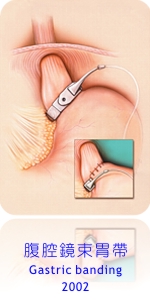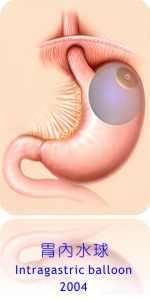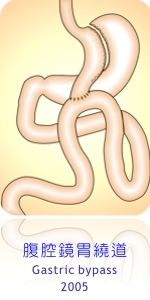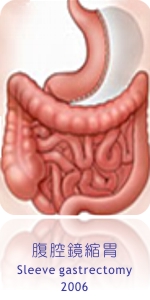 |
|
Weight Reduction Procedures Risk of Surgery Who Need Surgery Choice of Procedures Metabolic Surgery Life after Surgery |
Weight Reduction Procedures
Journey of weight reduction require a lot of determination and efforts. In selective group of patients who fail to lose weight through traditional weight loss methods, invasive weight reduction procedure can provide an alternative and perhaps the last resort in controlling their weight and alleviate their co-existing medical problems. The Department of Surgery of CUHK is a pioneer in the development of bariatric surgery in Hong Kong. Since 2001, we have introduced a variety of weight control procedures, including intragastric balloon, laparoscopic adjustable gastric banding, laparoscopic gastric bypass operation and laparoscopic sleeve gastrectomy, in the region. Through a multidisciplinary approach among surgeons, endocrinologist, dietitians, psychiatrists and nurses, these invasive bariatric procedures provide a more effective ways to control the weight problem of the obese people. CUHK introduces various bariatric treatments to Hong Kong 中 大 引 入 各 種 減 肥 手 術    
BARIATRIC SURGERY Weight reduction surgery is the most effective method to achieve sustainable weight loss among patients with morbid obesity. These procedures are not for cosmesis but for prevention of the pathologic consequences of morbid obesity. After successful weight reduction, some of obesity-related medical conditions (e.g. hypertension, diabetes, obstructive sleep apnea) will expect to be improved. However, weight-reduction surgery carries potential operative risk and it should be consider as the last resort after failure of previous non-surgical weight reduction treatment. How it works?
|